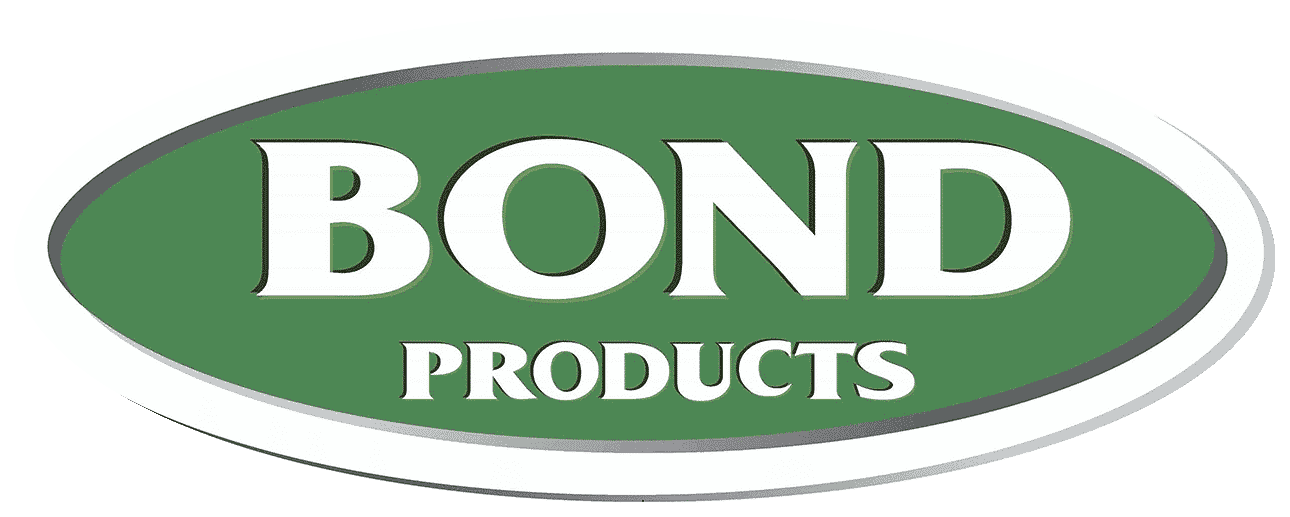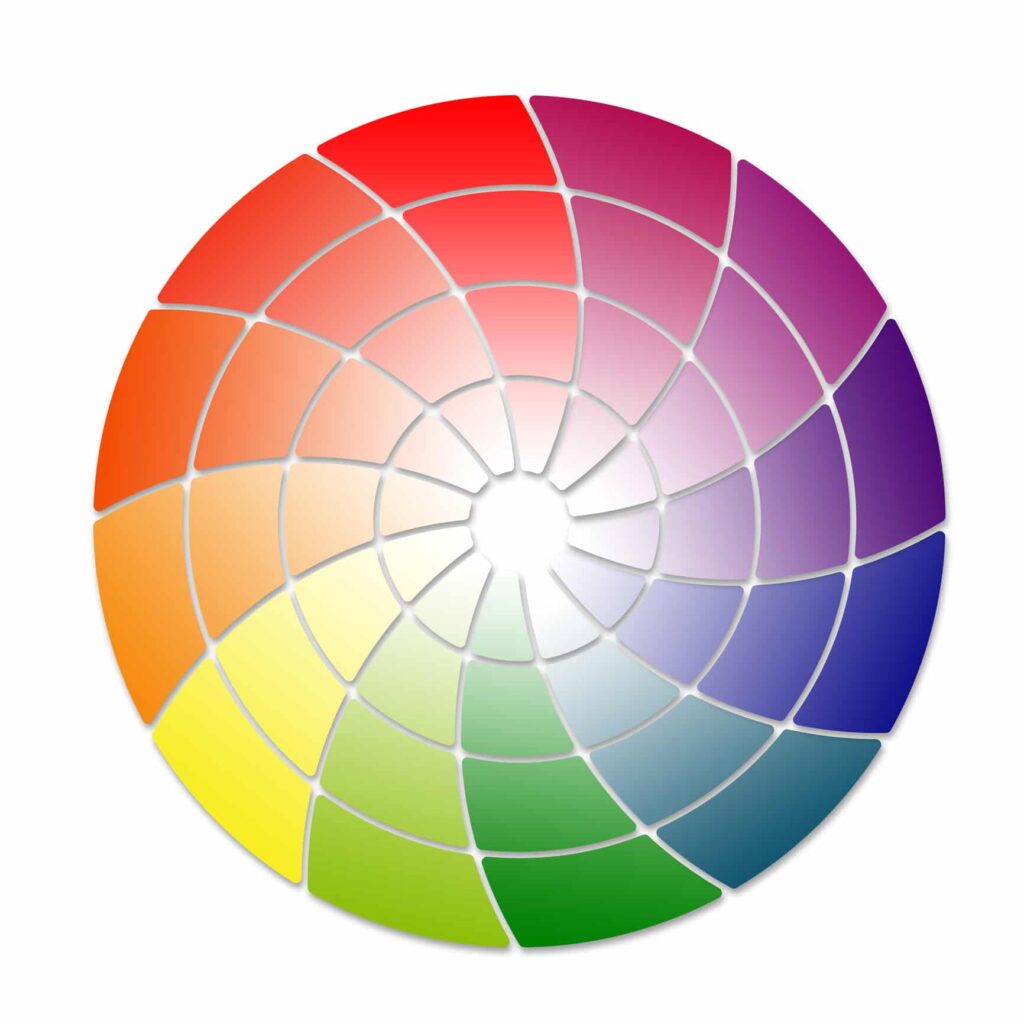Whether you are trying to put together a great outfit, redecorate your living room, or select binding tape to match your carpet, it helps to be able to match colors. What do you know about color matching? While it may feel like an art, there is some science behind making aesthetically pleasing color choices.
About 1665 Sir Isaac Newton projected white light through a prism and watched it separate into the colors of the rainbow: red, orange, yellow, green, blue, indigo, and violet. He theorized that these colors were analogous to the musical scale and arranged them in a circle, a color wheel, in the order they appear in the rainbow. This did not turn out to be true, but the image of the color wheel stuck. The color wheel is divided into the following:
- Primary colors – red, blue, and yellow. These are colors that cannot be created by combining other colors.
- Secondary colors – green, purple, and orange – These are colors that are created by mixing primary colors: blue with yellow, red with blue, and yellow with red.
- Tertiary colors – blue green, red-orange and the like. These are the colors you get when you combine a primary color with a secondary color.
Using the above colors, how do you combine them to make aesthetically pleasing combinations? There are a number of ways.
First, primary colors are always eye catching when combined. They make for a snappy contrast against each other – noticeable but pleasing.
Complementary colors also go well together. To find complementary colors, look at the color wheel. Put your finger on one color and then trace it in a straight line across the circle. Those two colors will be complementary. Blue and orange, red and green, and yellow and purple are all complementary color sets.
Combining colors within a color family is another very common practice. Denim goes well with either navy or cornflower blue. When you have to match a color and you can’t find an exact match, but you do not want people to notice the difference, using colors within the same family does the trick.
Another strategy is using earth tones with any of the above. Earth tones like white, cream, gray, and tan match well with most colors because we are used to seeing them as background colors in nature. They are considered neutral colors – ones that the viewer will not notice except subconsciously. Earth tones are another great option if an exact match is not possible.
Many people develop an eye for color over time. Some people are born with an innate sense for color, and others struggle with matching two or more colors together no matter how hard they try. When you put together an outfit, making a color mistake isn’t so terrible. You can change your clothes or try something different the next time. When you are matching binding tape to carpet, however, the result is more permanent.
The type of light source can also affect the way colors appear. In our homes the lighting tends to be natural, and in business and commercial environments, it is usually fluorescent. Bond Products typically matches our dyes under daylight, and we have a light box in our dye house that allows us to change the type of lighting or show combinations of lighting. It’s amazing how different the hues appear under different light.
For this reason Bond Products offers a variety of color cards to our customers. We offer them for Instabind, carpet fringe, binding tape, serging yarn, and many other products. If you’d like to take the guessing out of color matching your binding tape to your carpet or rug, these cards are perfect. Make your color selection process as seamless as possible, and order your color cards today.


